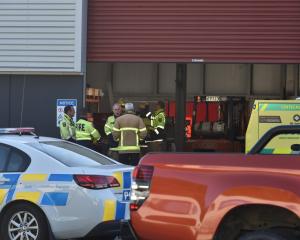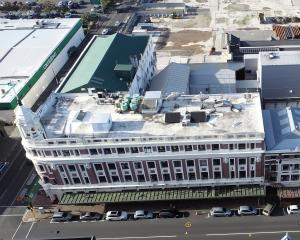If all goes well, this first major joint exhibition could lead to a series of interactive shows developed by the two organisations, and displayed not only at the museum's Discovery World science centre, but also at other centres overseas.
Titled "Survival Factor", the show is devoted to the science of staying alive, and is being developed with a $180,000 budget by Discovery World and the polytechnic's schools of design, art, and information technology.
The two organisations aim to generate a surplus which, if all goes well, could also provide the necessary seeding funds to undertake another similar project together.
The exhibition is set on a lonely island, where visitors will encounter 16 interactive exhibit stations, each posing a challenge and illustrating functions which the human body naturally undertakes to cope with danger, such as fighting disease-causing microbes.
This is by far the biggest joint initiative developed by the museum and the polytechnic since they signed a memorandum of understanding in 2006 to work more closely together.
"There's quite a good buzz about it," Alistair Regan, the polytechnic group manager, creative and and applied technologies, said yesterday.
About 20 polytechnic staff, graduates and students, some external contractors and about eight museum staff were involved in the project, he said.
Polytechnic chief executive Phil Ker said he was "delighted" that a partnership with one of New Zealand's leading museums had given polytechnic students, graduates and staff the chance to help create such an "innovative exhibition".
Otago Museum chief executive Shimrath Paul said he was "very excited" about the Survival Factor's potential, not only as "an excellent exhibition for our community to enjoy" but also to generate "considerable additional value through reuse via rental sales and duplication sales".
By working together the two organisations could "harness the special resources of each other", he said.
The exhibition opens in Discovery World on February 20, and has been timed to coincide with the Asia Pacific Network of Science and Technology Centres (ASPAC) conference, which runs at the museum from March 22-25.
Museum director, exhibitions, development and planning, Clare Wilson said this was the first time the annual ASPAC conference had been held in New Zealand, and a leading international science centre director, Dr Goery Delacote, of science and discovery centre At-Bristol, in the United Kingdom, would be a keynote speaker.
The conference would bring to Dunedin "key decision makers" from science centres in the region and provide a good opportunity to show them what the museum and polytechnic could achieve together, she said.












